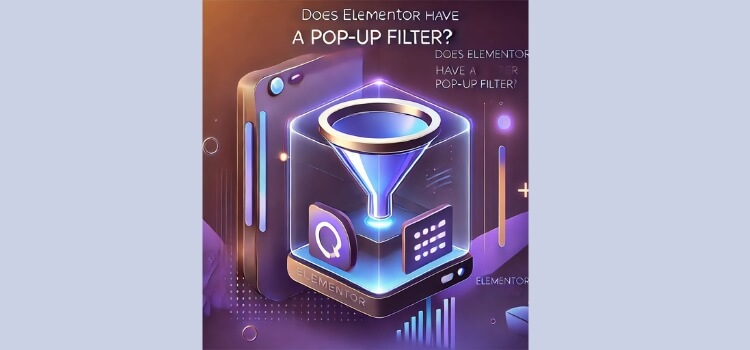Hey there, website owners, bloggers, and content creators!
Let’s play a quick game. You might have even stared at a blank box in your WordPress or Shopify dashboard, wondering what on earth to type. You hit “publish” and wait for the traffic to roll in.
But then… crickets.
Sound familiar? Sometimes, the issue isn’t your content—it’s the tiny, often-overlooked snippet that summarizes it for the world: the meta description.
If you just thought, “The meta-what-now?”—don’t worry! You’re not alone. Think of it as your content’s movie trailer. Its job isn’t to win Oscars (aka rank #1), but to get people to buy a ticket (aka click through to your site).
So, how do you write a meta description that actually makes people want to click? Let’s break it down into a few simple, human-friendly steps.
Contents
ToggleWhat Even Is a Meta Description?
Before we build one, let’s identify it. A meta description is the short paragraph of text that appears under your page’s title in search engine results. You see them every day on Google Search Engine Results Pages (SERPs). They’re the little blurb of text under the blue clickable link.
Its primary job? Its main job is to be so enticing that a searcher chooses your result over all the others.

How to Write a Killer SEO Meta Description (That Real People Will Love)
Writing a great meta description is part art, part science. Here’s the recipe:
1. Keep it between 150 and 155 characters.
This is the golden rule. Search engines typically truncate descriptions longer than this, cutting your perfect pitch off with an awkward “…”. Use a character counter tool to be sure you’re in the clear!
2. Lead with Your Value Proposition
Immediately answer the searcher’s question: “What’s in it for me?” Use action verbs and start strong.
- Instead of: “This article is about baking sourdough bread.”
- Try: “Discover 5 simple steps to bake a perfect, crusty sourdough loaf at home. No fancy equipment needed!”
3. Include Your Target Keyword (Naturally!)
If someone searches for “best hiking boots for wide feet,” and they see that exact phrase in your description, it acts as a bolded confirmation that your page is relevant.
4. Spark Curiosity or State a Benefit: Why should someone click? Give them a reason.
- Spark Curiosity: “Learn the one mistake 90% of beginners make…”
- State a Benefit: “Save an average of 15% on your energy bill with our easy checklist.”
5. Add a Clear Call to Action (CTA)
Gently tell the reader what to do next. Use verbs like
- Learn how to…
- Discover…
- Read our guide…
- Get started…
- Find out…
6. Write for Humans First, Robots Second
Never, ever stuff your description with keywords. It looks spammy, feels robotic, and will turn users away. Write like you’re talking to a friend. Be helpful, clear, and engaging.
A Quick Template to Get You Started
Stuck? Plug your info into this structure:
[Action Verb] + [What you offer] + [for whom] + [to achieve what benefit].
Example for a Plumbing Service: “Get a free, no-obligation quote for your leaky faucet from our certified experts and save on your water bill this month.”
See how that works? It’s clear, actionable, and highlights the value.
What If I Don’t Write One?
Here’s the thing: if you leave your meta description blank, Google will try to create one for you by pulling text from your page. Sometimes it does an okay job, but often it creates a jumbled, irrelevant mess that doesn’t encourage clicks.
Taking 2 minutes to write a custom description gives you control over your message and can seriously boost your click-through rate (CTR).
Your Quick-Check Checklist:
- Length is ~150 characters.
- Includes the primary keyword naturally.
- Clearly states the page’s value and benefit.
- Has a simple, active call to action.
- Sounds like it was written by a human for a human.
And that’s it! You’re now equipped to write meta descriptions that not only please the SEO gods but, more importantly, actually connect with people and bring them to your site.
Now go give your old posts some love and watch that click-through rate climb!
The Bottom Line
You don’t need to be an SEO guru to write a great meta description. Just be a helpful human.
Ask yourself, “If I saw this text in my search results, would I click on it?”
If the answer is yes, you’ve nailed it. Now go fill in those blank boxes with confidence







